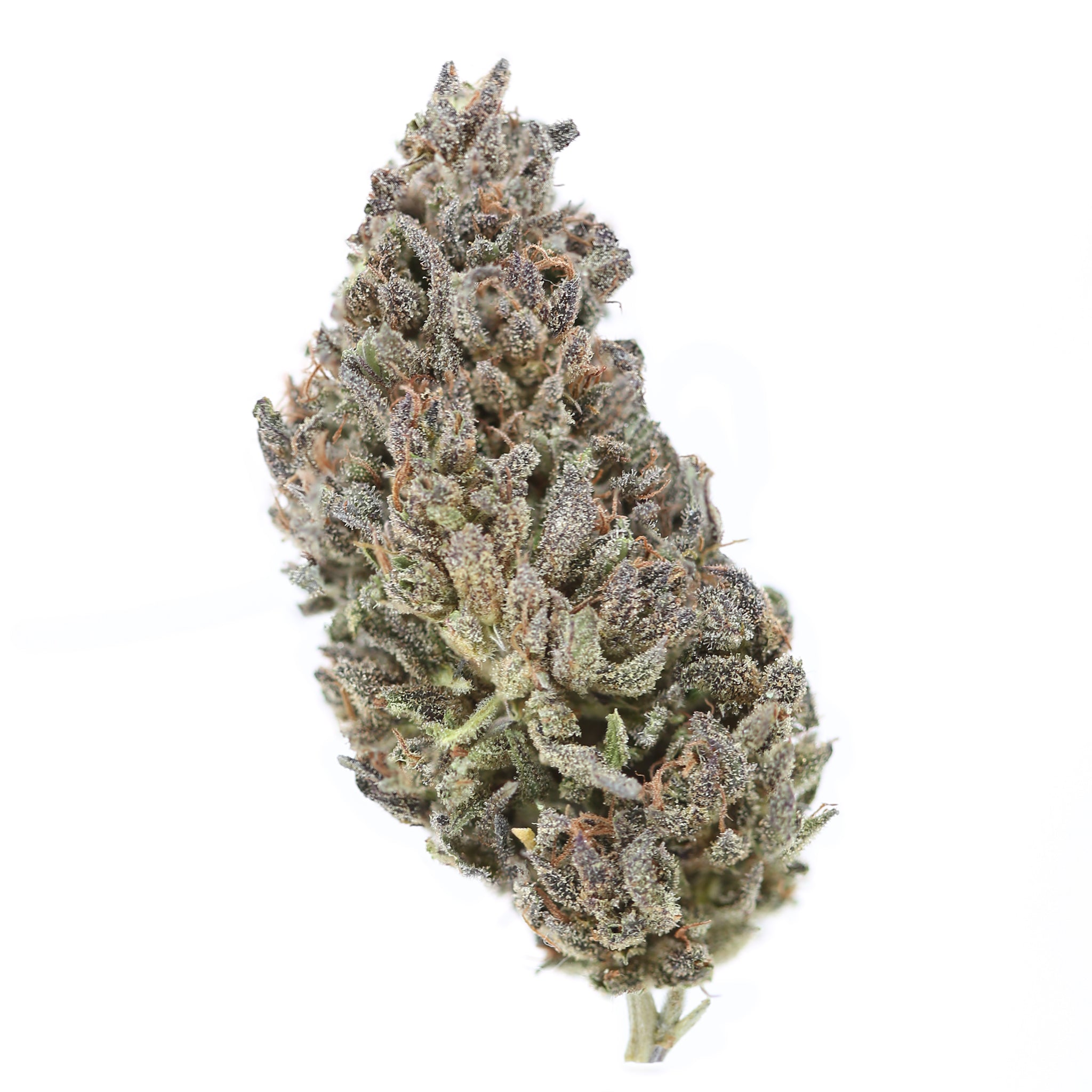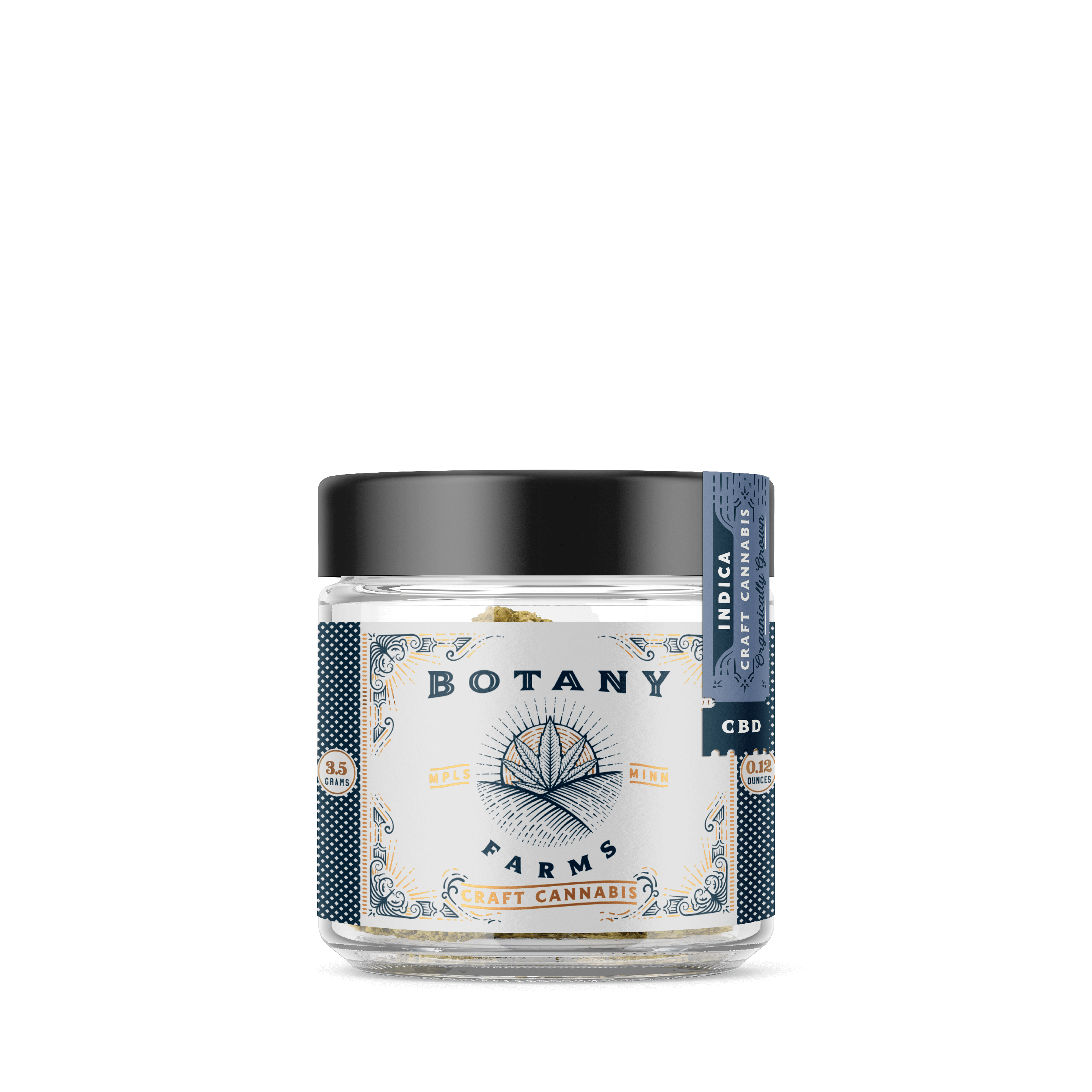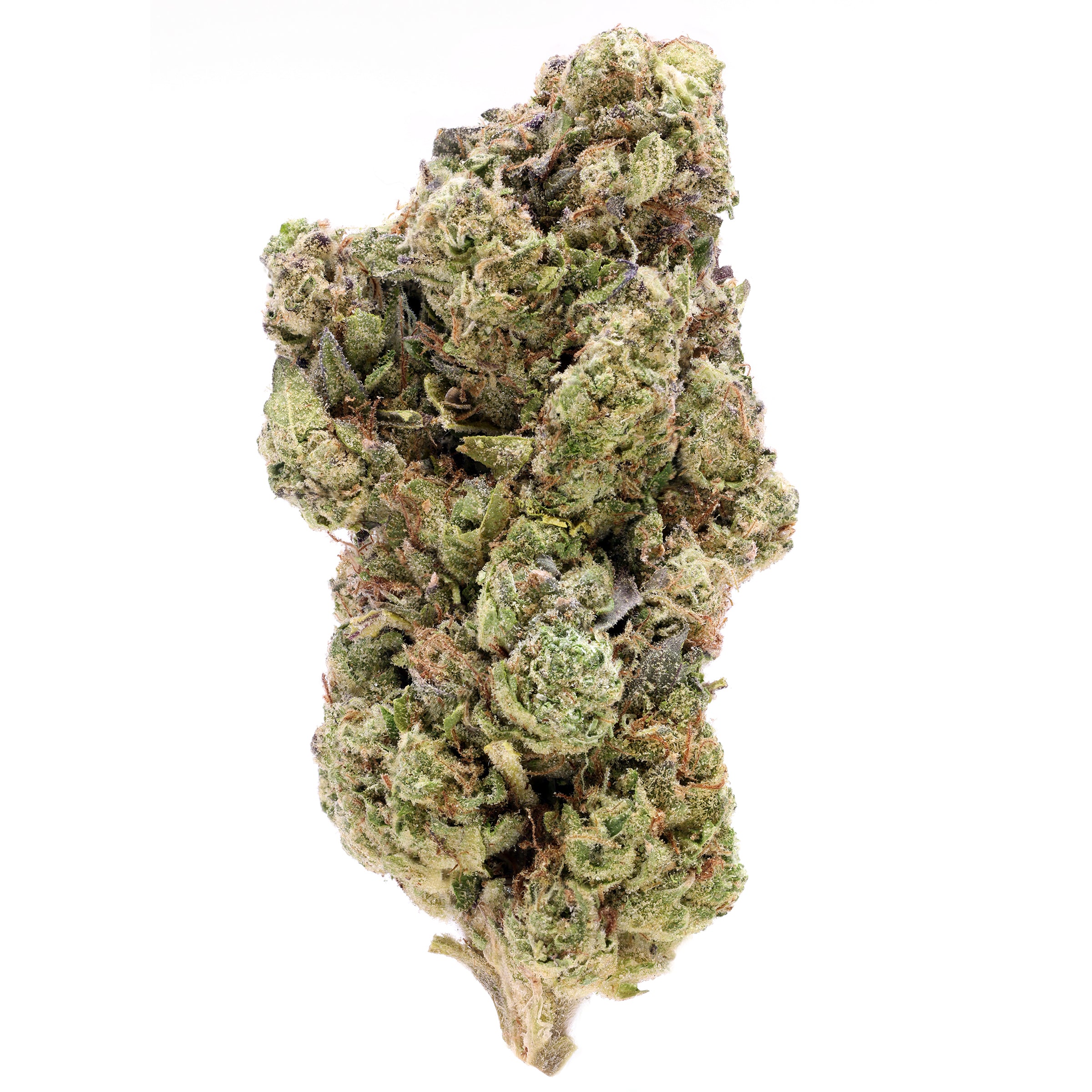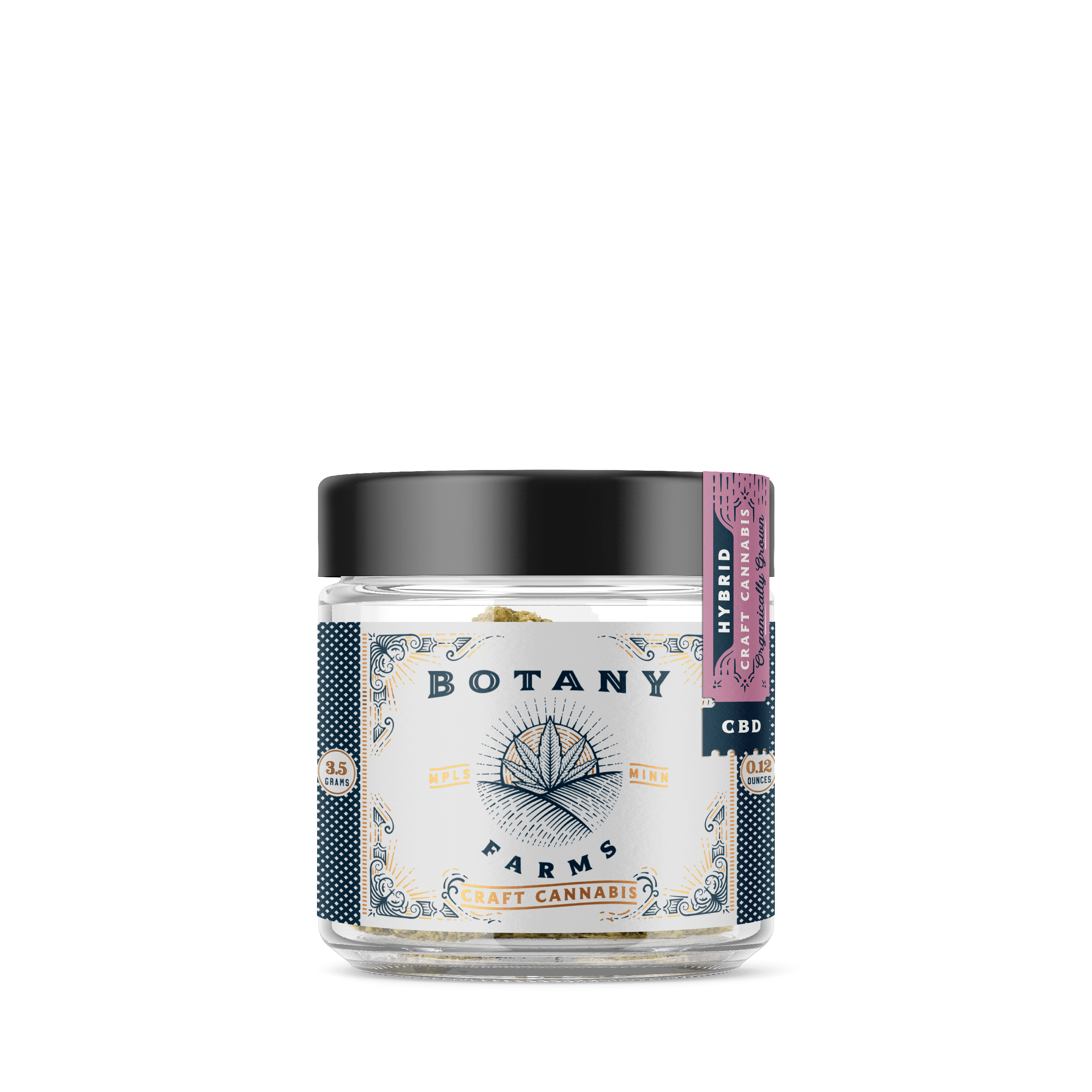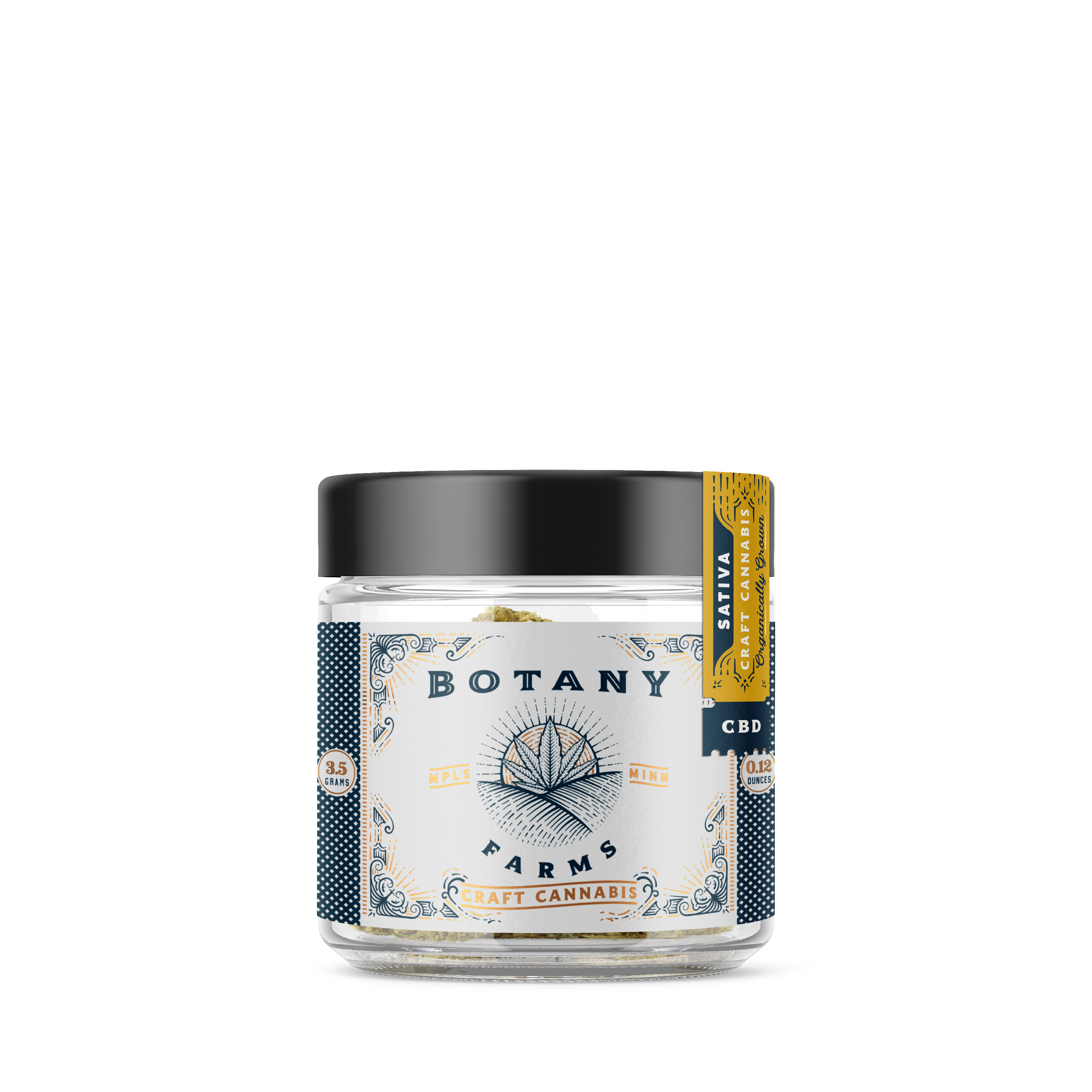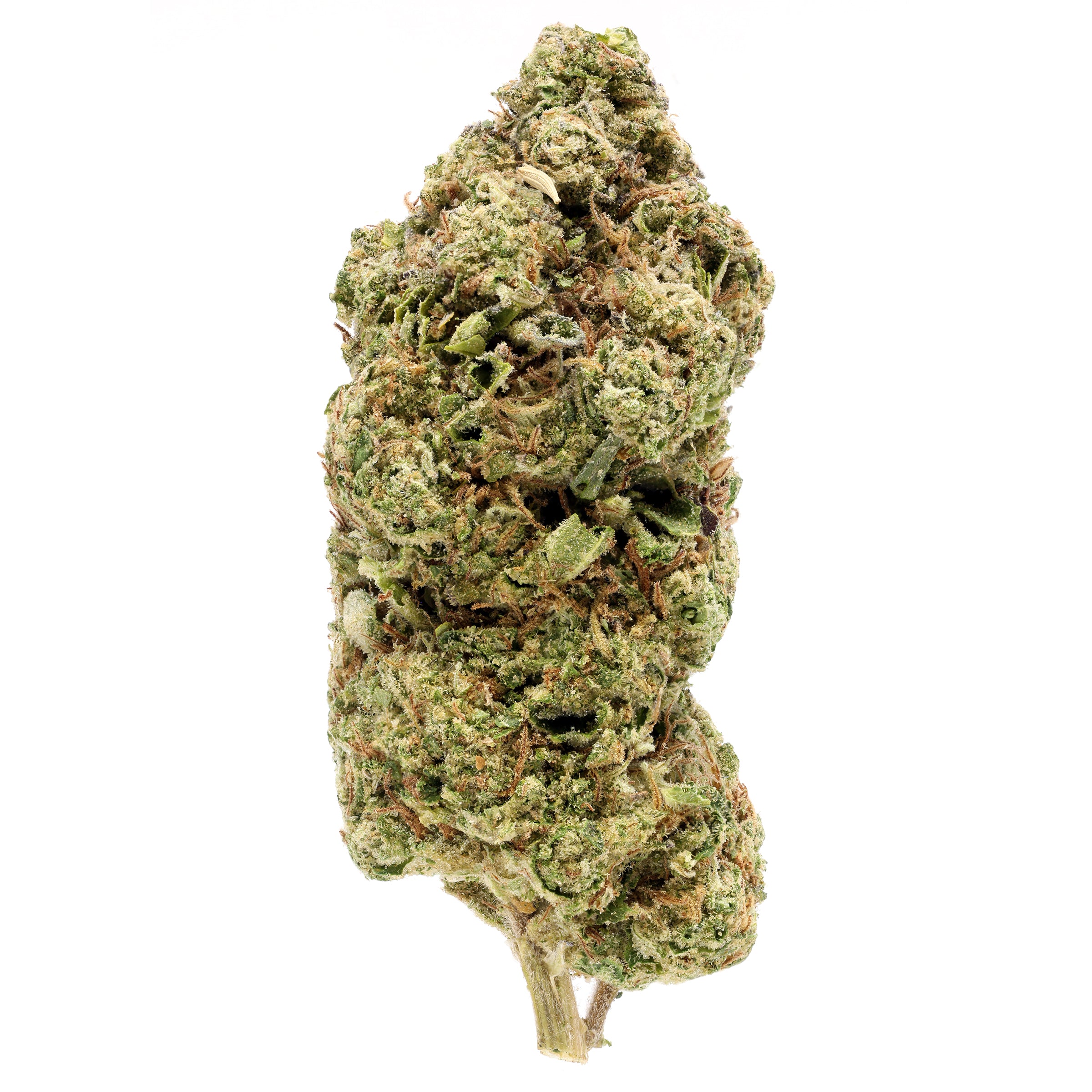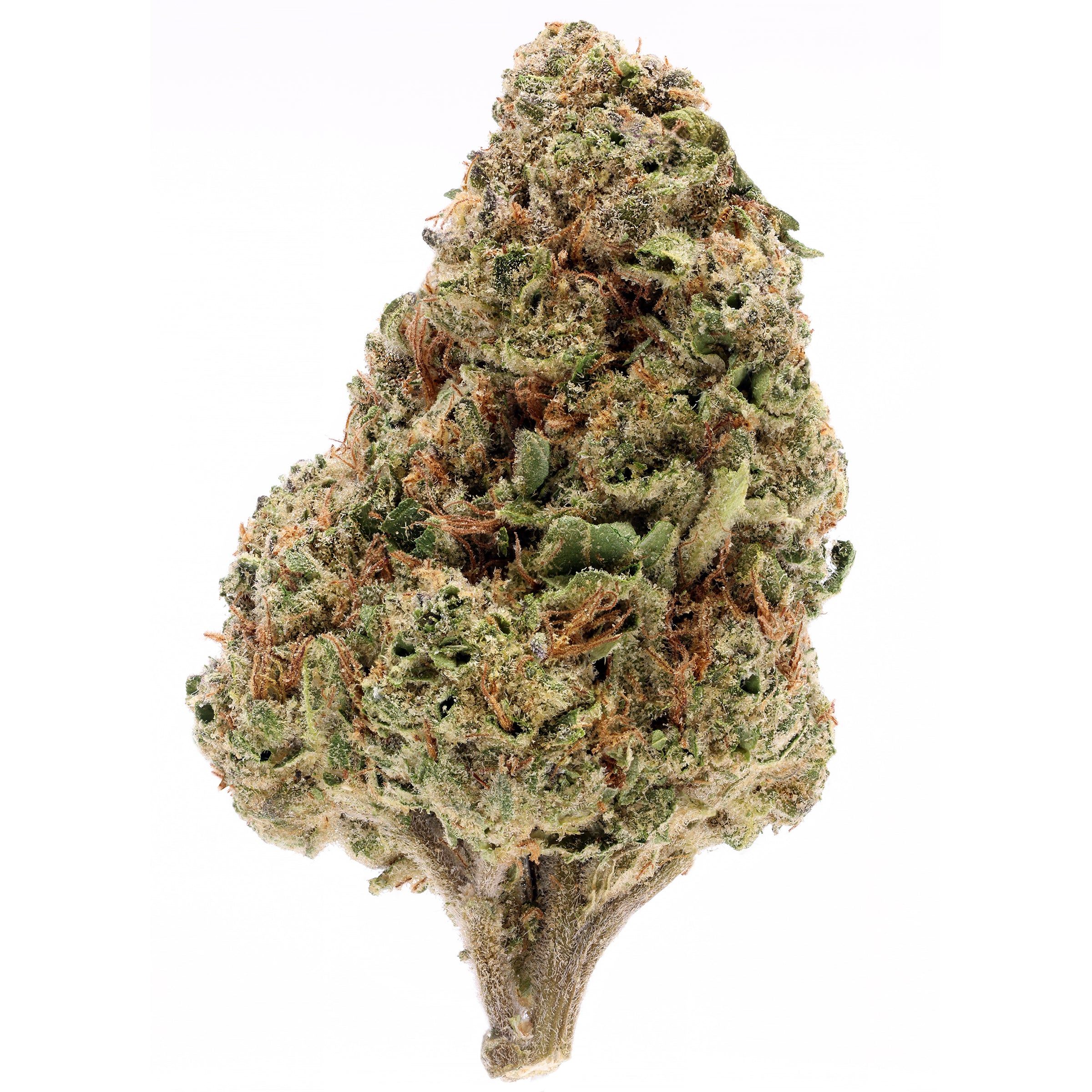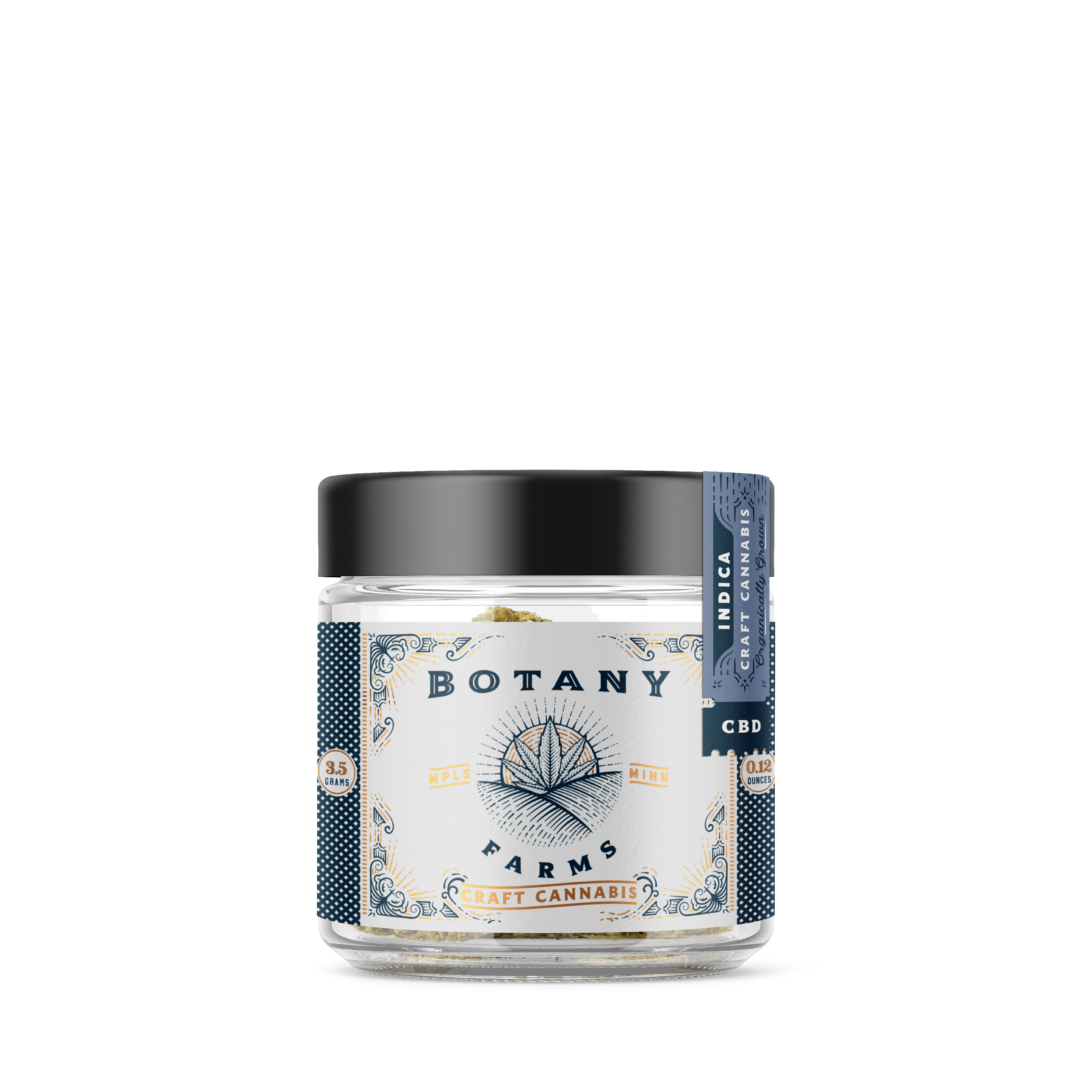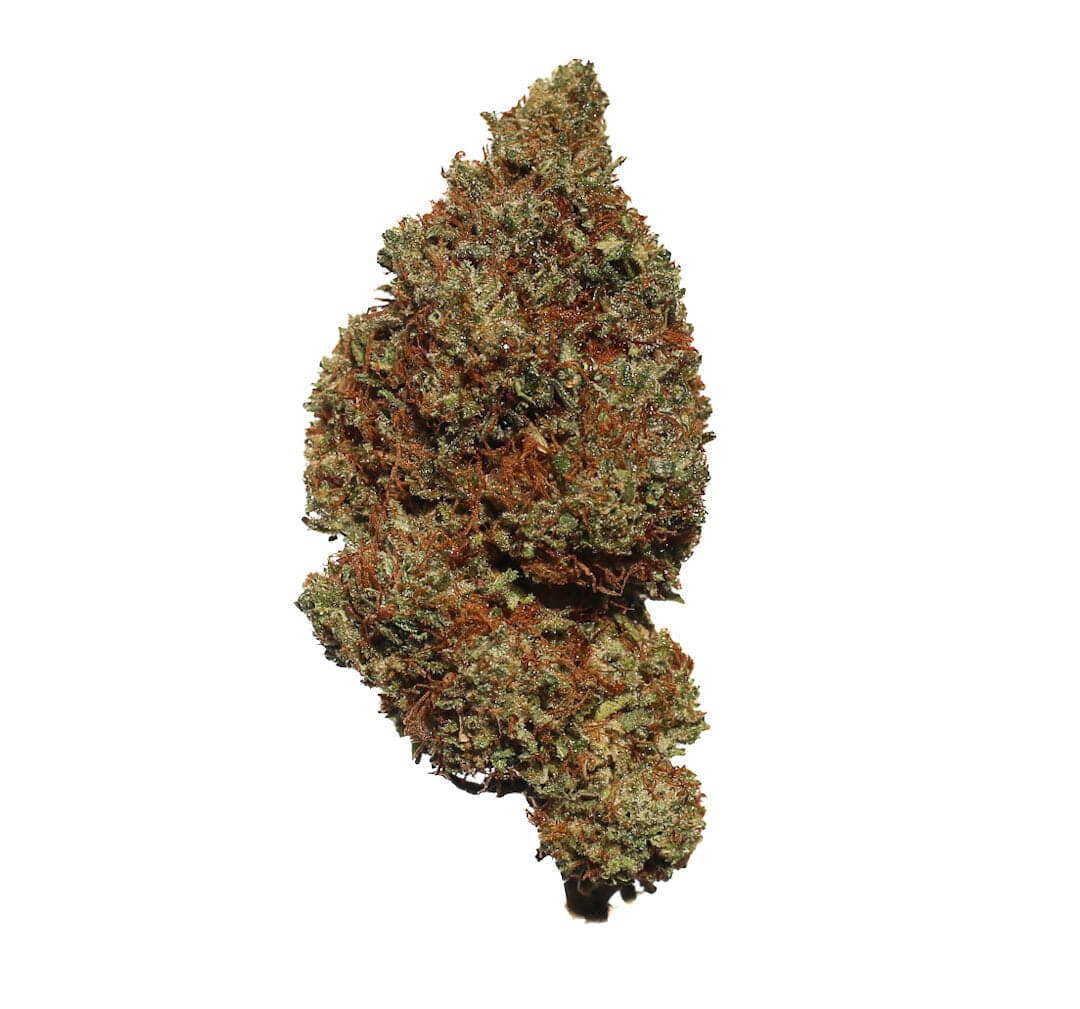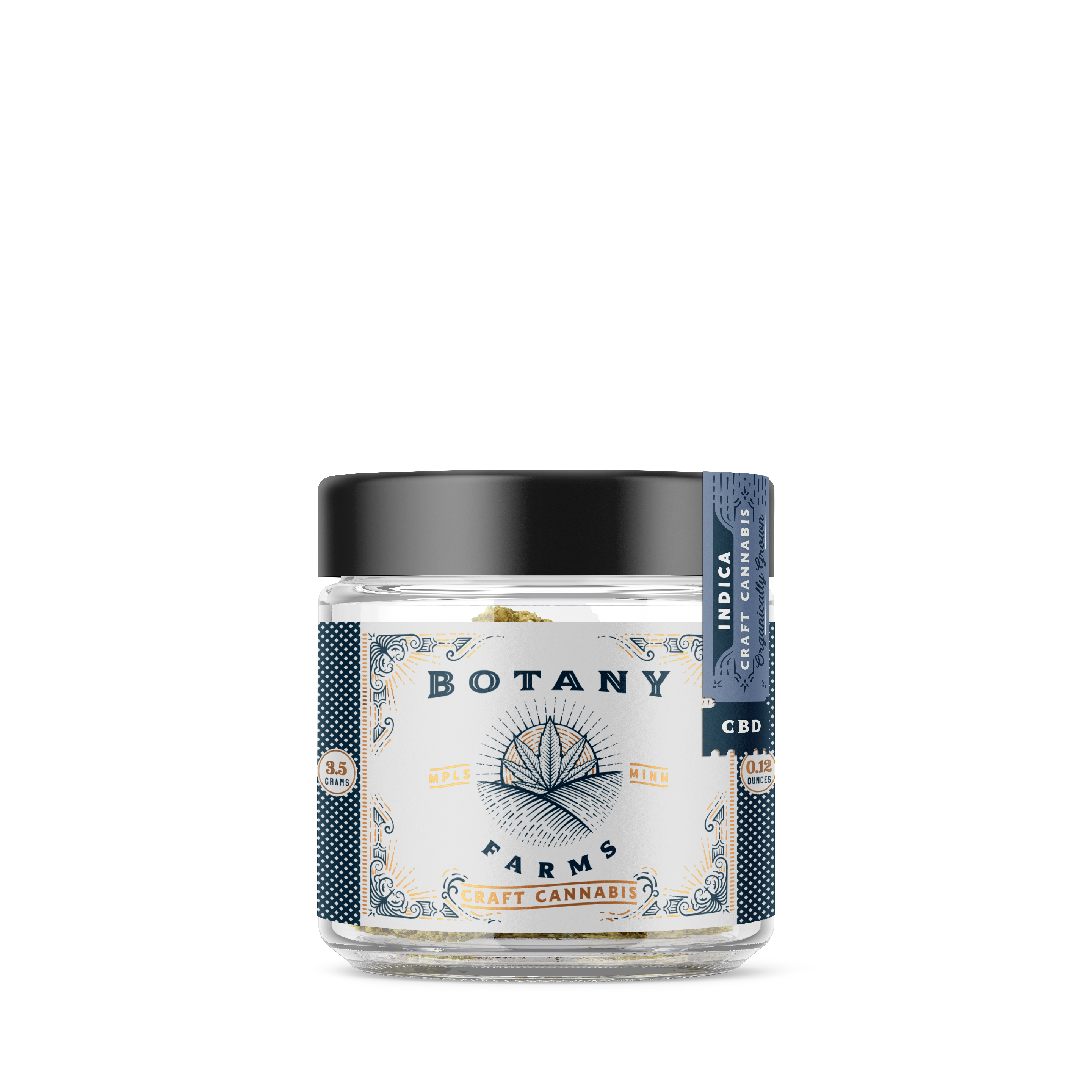The world of cannabinoids is vast, complex, and intricate, with hundreds of chemical compounds naturally occurring within the cannabis plant. While research into the active compounds of this plant leads to answering some questions, it usually raises even more questions about the full potential of cannabis. If you are interested in the fascinating world of cannabinoids, you have surely heard of THC and CBD. Those two cannabinoids compromise the dominant compounds in cannabis and hemp plants, respectively, and both THC and CBD have gained wide recognition due to their properties.
While these two compounds have undoubtedly gained the most significant attention, other cannabinoids remain less known but no less intriguing. One such cannabinoid that has been sparking curiosity among researchers and cannabis enthusiasts is DHC or 7,8-dihydrocannabinol. In the following post, we'll open the book of the mysterious DHC cannabinoid, diving into the enigma of its properties, potential benefits, and the place it occupies in the changing horizon of cannabis compounds. So, let's dig into this!
Key Takeaways
- The cannabinoid family extends beyond THC and CBD, encompassing a multitude of compounds, each with their unique characteristics and potential effects.
- Among these lesser-known cannabinoids, DHC is beginning to emerge from the shadows.
- DHC, short for 7,8-dihydrocannabinol, is the name of a lesser-known cannabinoid with a chemical structure that sets it apart from its more famous counterparts.
- DHC encompasses distinct isomers, similar to other rare cannabinoids such as CBT. The two isomers of DHC are 7,8-dihydrocannabinol and 8,9-dihydrocannabinol.
- While research on DHC is in the early stages, experts believe there are several areas that this mysterious cannabinoid could impact based on what is known about its chemical structure and its interaction with the endocannabinoid system.
The Cannabinoid Spectrum
Before delving into the world of DHC, it is essential to understand the broader context of cannabinoids. Cannabinoids have been the subject of study by the scientific community for decades, with their discovery dating back to the early 20th century. The most famous among these compounds is undoubtedly Delta-9 tetrahydrocannabinol, or simply Delta-9 THC, known for its psychoactive properties and primarily responsible for the “high” associated with cannabis use. Another well-known cannabinoid is Cannabidiol, or CBD, which has gained recognition for its potential therapeutic benefits without inducing intoxication.
The cannabinoid family extends beyond THC and CBD, encompassing a multitude of compounds, each with their own unique characteristics and potential effects. CBG, or Cannabigerol, for example, has been studied for its potential anti-inflammatory and neuroprotective properties. CBN, or Cannabinol, is another cannabinoid that has attracted interest for its potential sedative effects.
Among these lesser-known cannabinoids, DHC is beginning to emerge from the shadows. It is also important to note that DHC has two different isomers: 7,8-dihydrocannabinol and 8,9-dihydrocannabinol. These isomers have slightly different chemical structures and properties, as 8,9-dihydrocannabinol, also called H2CBD, DihydroCBD, Delta-1-H2CBD, or Delta-1-DihydroCBD is a fully synthetic cannabinoid more closely related to CBD. This feature makes them two distinct compounds within the cannabinoid family.
Unpacking DHC Cannabinoid
DHC, short for 7,8-dihydrocannabinol, is the name of a lesser-known cannabinoid with a chemical structure that sets it apart from its more famous counterparts. Its structure differs from that of Delta-9 THC due to a different double bond location. This variation, although subtle, could potentially affect its interaction with the endocannabinoid system. This slightly distinct feature in the molecular arrangement of DHC has led researchers to investigate how this could influence the effects it might provide.
As we mentioned, DHC encompasses distinct isomers, similar to other rare cannabinoids such as CBT. The two isomers of DHC are 7,8-dihydrocannabinol and 8,9-dihydrocannabinol. These isomers possess different chemical structures and properties, contributing to their uniqueness within the broad family of cannabinoids.
On the one hand, 7,8-dihydrocannabinol, the primary focus of research, differs from Delta-9 THC, a recognized psychoactive compound, due to the location of the double bond. This distinction affects how DHC interacts with endocannabinoid receptors, raising scientists' curiosity about the differences in its potential therapeutic benefits compared to other cannabinoids.
In contrast, 8,9-dihydrocannabinol, also called H2CBD or DihydroCBD, is a man-made, completely synthetic cannabinoid more closely related to CBD. This synthetic nature of 8,9-dihydrocannabinol and its structural similarity to CBD distinguishes it from other natural cannabinoids commonly found in cannabis plants.
Experts believe that DHC occurs as part of an enzymatic conversion process of other cannabinoids. Nevertheless, research into the origins, synthesis, and regulation of DHC within cannabis plants remains an ongoing endeavor. It is important to note that DHC is typically present in trace amounts in most cannabis strains, which is one of the reasons it has received less attention than THC or CBD. However, the unique chemical structure and possible effects of DHC keep raising the interest of researchers about its role in cannabis plants, as well as the potential therapeutic benefits it could bring. Understanding how DHC occurs and how the plant regulates it could provide valuable insights into its effects and possible health benefits.
Potential Effects and Benefits of DHC
The potential effects and benefits of DHC remain a subject of scientific inquiry. This is why it is still challenging to make an accurate comparison of the effects of DHC with other cannabinoids as we can do with other better-known compounds or isomers such as THC vs. CBD, or even with other better-documented, minor cannabinoids, such as Delta- 8 vs. HHC. Still, while research on DHC is in the early stages, experts believe there are several areas that this mysterious cannabinoid could impact based on what is known about its chemical structure and its interaction with the endocannabinoid system. Among the possible beneficial effects that this novel compound could bring, we find the following:
- Analgesic properties: Some studies suggest that DHC may have analgesic or pain-relieving properties. This could make it a potential candidate for managing pain conditions, although we still need further research to confirm these effects.
- Psychoactivity: As with other lesser-known novel cannabinoids like CBT, scientists are still trying to determine the full range of psychoactivity DHC might entail. So far, researchers have found that DHC, similar to another novel cannabinoid called PHC, could have psychoactive properties akin to those of THC, although potentially milder. Its particular chemical structure could result in a different type of high or altered perception than that provided by Delta-9. The extent and nature of these psychoactive effects still require more research.
- Anti-inflammatory potential: Cannabinoids, in general, have been widely studied for their anti-inflammatory properties. DHC's potential interactions with the endocannabinoid system could contribute to its anti-inflammatory effects, which could position it among the best cannabinoids for inflammation, having potential implications for conditions related to inflammation.
- Neuroprotective effects: Some cannabinoids, including other lesser-known ones like CBG, or Cannabigerol, and CBC or Cannabichromene, have demonstrated neuroprotective properties in preclinical studies. Research on the neuroprotective potential of DHC is still limited but is undoubtedly worth exploring further.
It is important to emphasize that while these fascinating potential benefits are intriguing and promising, they are largely based on preliminary research and anecdotal reports. We still need more rigorous clinical studies to determine the safety, efficacy, and specific applications of DHC.
Current Research and Studies on DHC
We must say that research on DHC is still in its infancy, and studies specifically focused on this cannabinoid are relatively scarce. Most research related to DHC comes from broader research on other cannabinoids and their potential effects.
For example, some studies exploring the analgesic properties of cannabinoids have included DHC as part of their research. These studies aim to understand how DHC, along with other cannabinoids, could influence the perception and management of pain.
Similarly, research on the psychoactive effects of cannabinoids has occasionally involved DHC to explore how its particular chemical structure influences the high or altered state of perception experienced by cannabis users.
Despite limited data, the scientific community's interest in DHC continues to grow, and researchers are beginning to recognize its potential as a distinct cannabinoid with its own set of unique properties.
DHC in the Cannabis Industry
With all the changes that the acceptance and demand for cannabis continue to have worldwide, the cannabis industry is constantly evolving. The emergence of DHC as a potentially valuable cannabinoid has raised interest among cannabis industry professionals and enthusiasts alike. Nonetheless, it is essential to note that DHC is not yet as widely recognized or available as THC or CBD, which have well-established markets for both medicinal and recreational use.
In the current cannabis industry, there is a wide range of products of all kinds available, such as flower, pre-rolls, tinctures, edibles, and vapes infused with all sorts of other minor cannabinoids like CBG, CBN, or THCA. However, the presence of DHC products on the market is still relatively limited compared to other lesser-known cannabinoid products. This could be mainly because DHC only occurs in trace amounts in most cannabis strains. However, as researchers gain a better understanding of the potential effects and benefits of DHC, there could be greater development of products designed to specifically target its properties.
In areas where cannabis is legal for medical or recreational use, users may begin to find products that contain other cannabinoids in addition. These products could offer a unique range of effects, catering to individuals looking for an alternative to more available THC or CBD products.
It is crucial to mention that users should exercise caution and ensure that their DHC products come from reputable and trustworthy sources, adhere to local regulations, and are backed by transparent lab testing to verify their cannabinoid content and purity.
Final Thoughts
DHC, or 7,8-dihydrocannabinol, represents an intriguing, lesser-known member of the cannabinoid family. Its particularly unique chemical structure could carry potential effects that have captured the interest of cannabis researchers and fans alike, paving the way for further exploration into its specific properties and potential benefits for people.
While preliminary research suggests that DHC may possess analgesic, psychoactive, anti-inflammatory, and neuroprotective properties, there is much that remains unknown about this fascinating and novel cannabinoid. Experts still need to conduct rigorous clinical studies to determine the safety, potential therapeutic applications, and effectiveness of DHC.
Similarly to what has happened with other secondary cannabinoids such as THCA, THCV, Delta-8, or Delta-10, the rapid growth of the cannabis industry could lead to DHC finding its place alongside other better-known cannabinoids, such as THC and CBD, offering a range of different effects and potential benefits. However, users should take a careful approach toward consuming DHC products and seek them from reputable sources that adhere to local regulations, always prioritizing quality and safety to ensure a favorable experience.
The world of cannabinoids is vast and intricate. As we deepen our knowledge about these compounds, we may be able to uncover even more hidden treasures within the cannabis plant. DHC is just one of many cannabinoids waiting to reveal their secrets as our exploration and experimentation continue.
DHC Cannabinoid: Frequently Asked Questions
How Does DHC Differ From THC or CBD?
DHC, or 7,8-dihydrocannabinol, differs from THC and CBD due to its unique chemical structure, which includes a different positioning of the double bond. This structural difference could result in different effects and interactions with the endocannabinoid system.
Are There Any Known Side Effects of DHC?
The effects of DHC are not yet well documented due to limited research. Still, experts believe it could potentially cause psychoactive effects similar to those of THC, such as altered perception or cognitive changes. As with any other cannabinoid, individual reactions may vary.
How is DHC Extracted or Produced?
DHC could be extracted or produced through various methods, including solvent extraction, supercritical CO2 extraction, or chemical synthesis. The choice of method depends on the desired purity and regulatory considerations.
Can I Find DHC Products in Dispensaries?
DHC products are relatively less common in dispensaries than THC or CBD products, primarily because DHC occurs only in trace amounts in most cannabis strains. However, as interest in this new compound grows, it may be possible to find more DHC-specific products available.
How Does DHC Interact With Other Cannabinoids?
The interaction of DHC with other cannabinoids is not yet well established since research on DHC is scarce. However, like other cannabinoids, DHC likely interacts with the endocannabinoid system, potentially influencing various physiological processes depending on its concentration levels and the presence of other cannabinoids and terpenes in a given product








